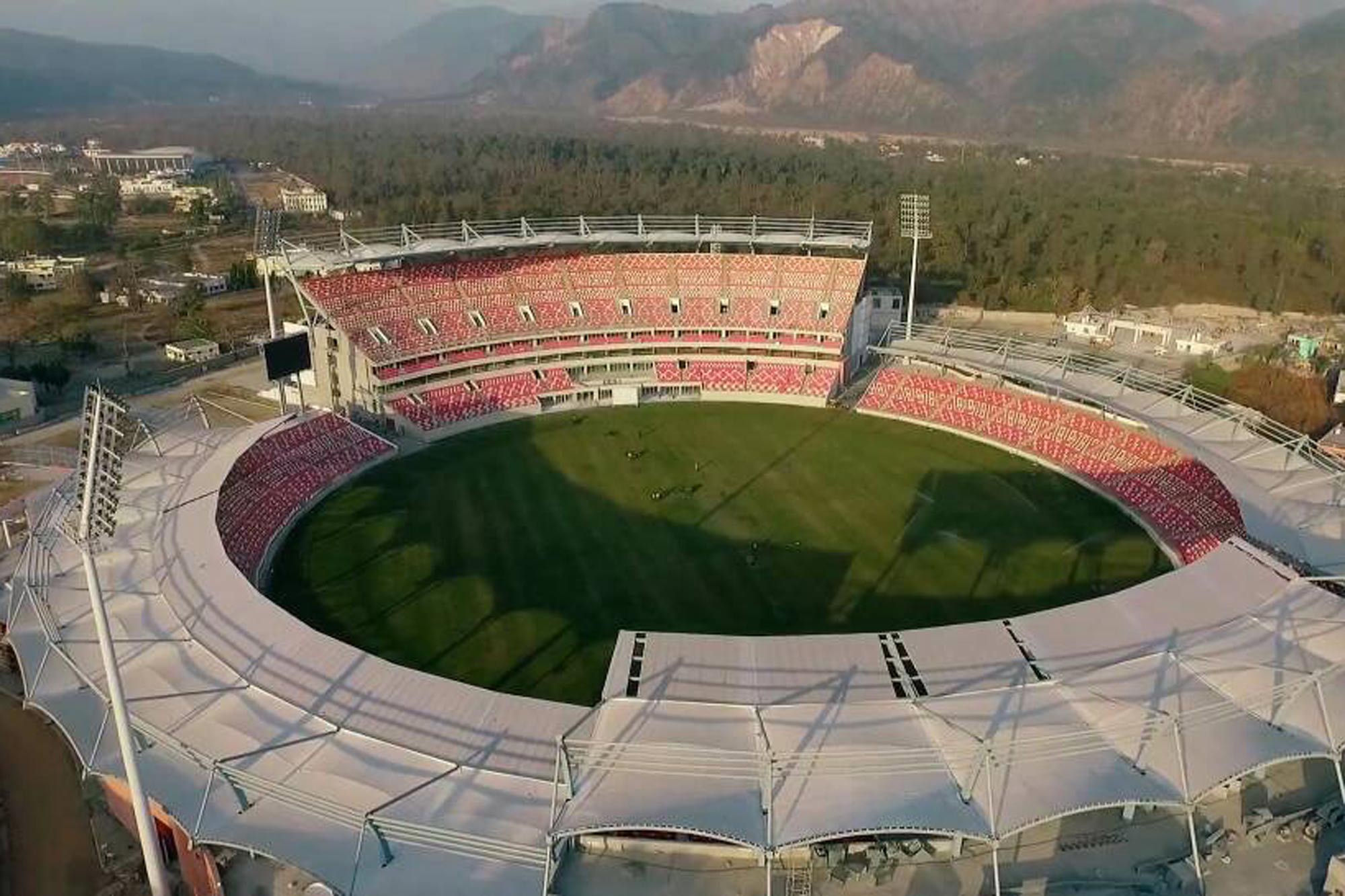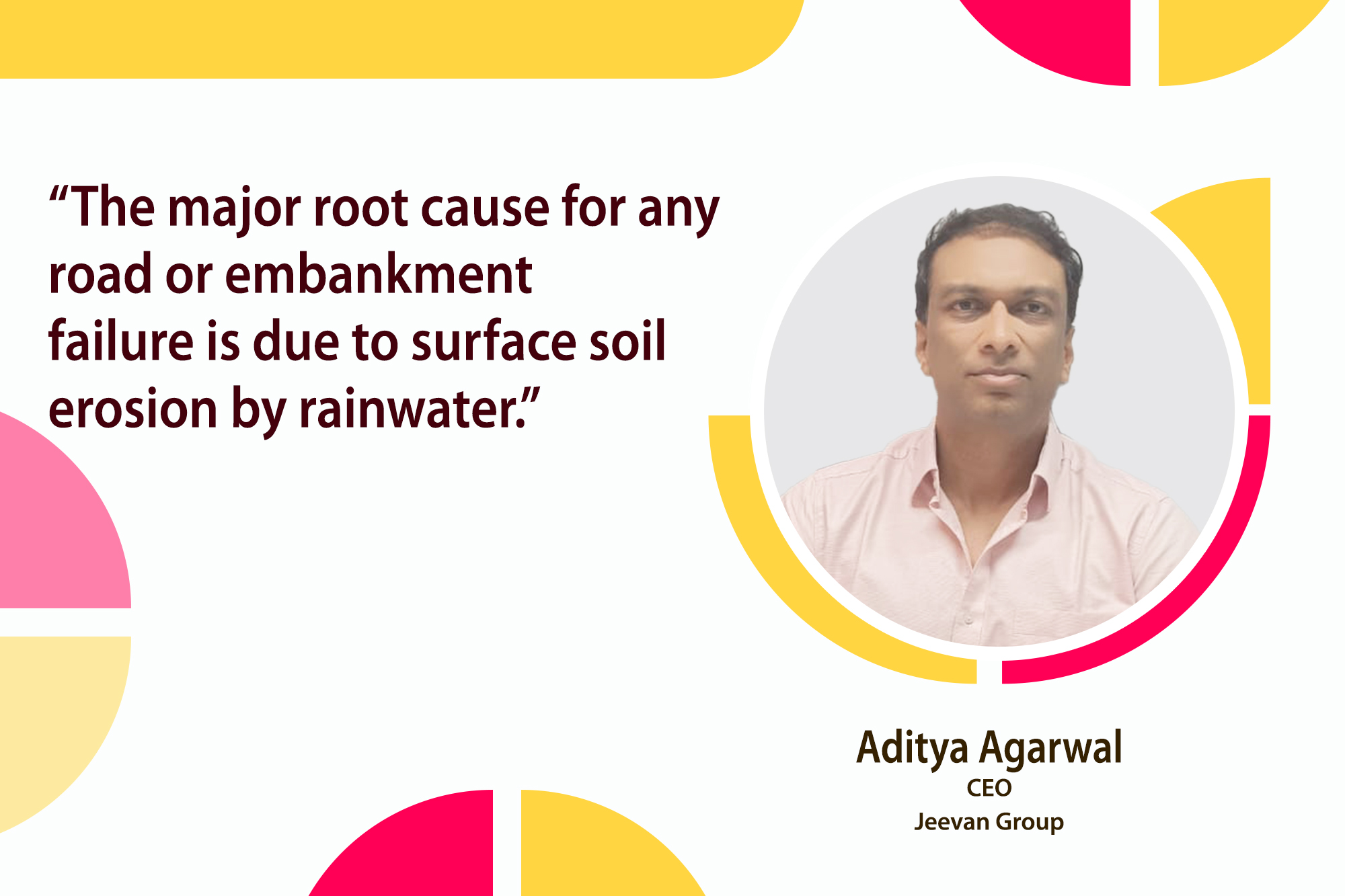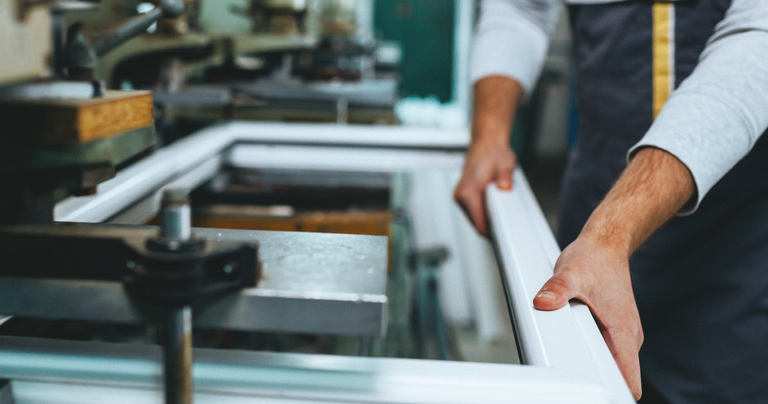Tensile structures for sports arena
By Edit Team | November 24, 2017 12:50 pm SHARE

Discussing why tensile structures are preferred for sports arena?
Tensile fabric structures are highly suitable and most preferred alternative to any conventional roofing for sports arena worldwide. In order to understand why? Firstly, one has to understand the basics of the tensile fabric structures. Here we present why tensile structures are preferred for sports arena.
Covers large span with minimal obstacles
Tensile fabric membrane structure are meant for covering large spans with minimal obstacle of primary structure allowing spectators to enjoy absolute and clear views. Tensile membrane fabric also allows the sunlight to pass through in range of 0 to 60 per cent. “In countries, where there is less sun light, the roof or stands are designed keeping sun direction and normal timings for sports event are generally held in mind – allowing spectators enjoy sunlight. In countries where the sun is comparatively harsh, the stands are designed with more area cover along with fabric with 11 to 13 per cent light transmission ensuring comfort for viewers,” explains Anil Shah, Technical and Design Director, Aakruti Tenso Structures & Facades Pvt Ltd.
He adds, “Creative design and unique shapes of roof give any sports stadium or arena its own recognition and popularity. Easy and minimal maintenance and longer life span of the roof sheet ensures for more numbers of events in totality.”
Ensures best suitable design
Aakruti Tenso Structures ensures best suitable design option keeping location, direction, wind directions and sitting capacity requirement of client. The games like football, basket ball or cricket are played in India throughout the year and it makes very important for any sports stadium that they make arrangement of sitting accordingly. “We recommend client for comparatively larger length in cover as India has lot of sunlight throughout the year. Additionally, we have monsoon season, where rains are also a factor and spectators must be kept dry as far as possible,” states Shah.
Aakruti Tenso Structures has already covered 2 football arenas for different educational institutes, where state level and national level games are conducted. The area around 48000 sq. feet is covered in either of these stadiums, allow nearly 30000 spectators to enjoy football matches in all seasons. “We have also covered spectator zone of 2 Olympic size swimming pools in Mumbai covering area of nearly 55000 sq. feet, which can accommodate 40,000 spectators. This venue is used for national games for swimming, diving etc. and for Olympic selection,” informs Shah.
Fireworks or LED Lights as well as normal floods can generate iconic designs over the fabric. One can play with colour changing LED or timer programmed lights to get special effects on tensile fabric roof. Fireworks usually played at the conclusion of any sports event is beautifully reflected in the fabric.
Improves the aesthetic appeal
Raja Kishore Dash, National Sales Manager, Low & Bonar India Pvt Ltd, says “Modern sports venues are multifunctional buildings, event centres that let the visitor become immersed in new worlds. The conceptual designs of contemporary sports venues are geared to promoting the visitor from spectator to participant. This being reflected in the architecture and fixtures of new builds, existing ‘tradition-steeped’ stadia and sports halls are also being adapted during modernisation to changed habits and expectations.”
In addition to the classic building materials of stone, concrete, steel, wood and glass, technical textiles are being increasingly used both on new builds and in refurbishments. Dash feels such membrane structures give buildings a special aesthetic appeal. They are able both to integrate into the body of the building and also to provide contrast. Membrane constructions highlight a building’s functionality and become an identifying feature of the venue.
Saves time, reliable and reduces construction costs
The advantages of membrane structures become particularly clear in the case of roofing. They are lighter than conventional materials, are entirely or in large part pre-fabricated at the assembly company and can be put up on site very quickly. Dash informs, “This saves time, keeps scheduling reliable and reduces construction costs appreciably. Membrane structures also fulfil modern requirements in respect of sustainability: less material, fewer equipment and shorter build times mean lower CO2 emissions and the potential for recycling.”
Lastly, Dash says, “Roof structures that in the broadest sense have a ‘tent-like character’ are perceived as shielding, festive and snug. The membranes used for most constructions are translucent. The daylight shining through imparts a natural ambience and the building is perceived not as dominating but as homely. In this way, the venue operator thus achieves a significant objective: the visitors feel at home.”
Cookie Consent
We use cookies to personalize your experience. By continuing to visit this website you agree to our Terms & Conditions, Privacy Policy and Cookie Policy.





















































